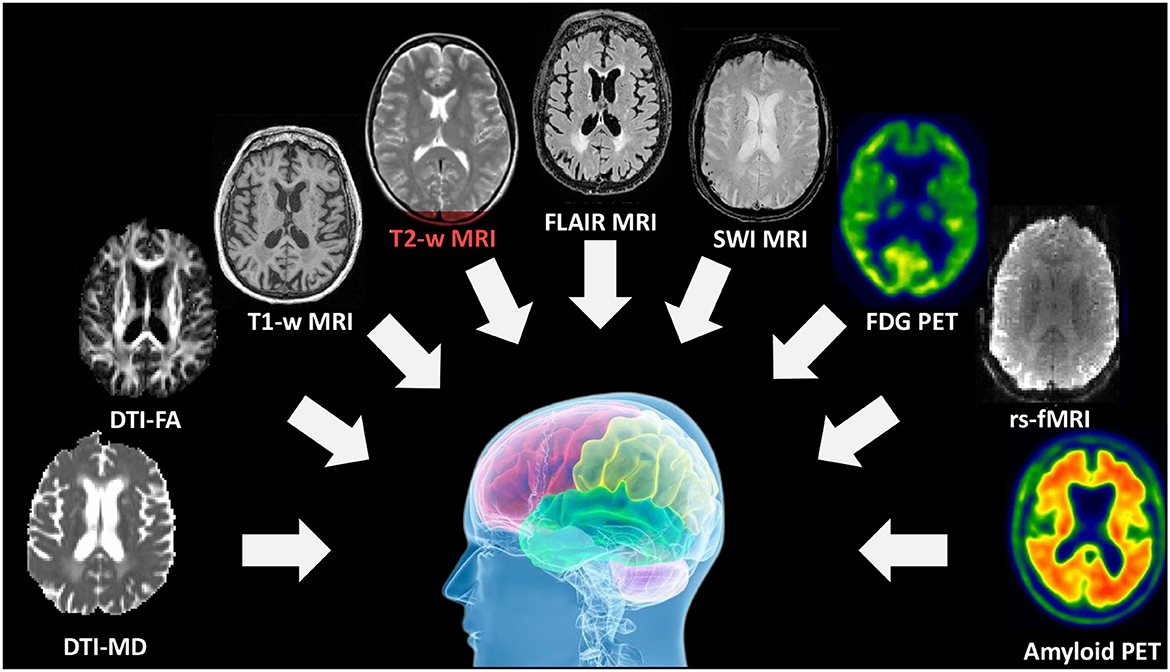From the literary genius of Jane Austen to the creative genius of Zaha Hadid, the mystery of creativity has long captured people’s attention, according to News Scientist.
Although some people appear to be born with an endless capacity for creativity, the underlying mechanisms causing this phenomena have remained mysterious.
But new developments in neural network brain scans are starting to solve the puzzles, providing answers that might help us all realize our creative potential.
Scholars investigating the complexities of creativity are progressing with the “dual process theory,” which distinguishes between the processes of idea development and concept appraisal.
In the first stage, people draw from their own knowledge base, frequently using free association to uncover new relationships and understandings.
This technique encourages originality in cognition and may entail making analogies from unrelated fields. Then, while evaluating ideas, a critical lens is used to sort ideas and choose the ones that are most in line with the intended results.
For example, an engineer evaluating the viability of non-traditional design inspirations, while a novelist weighing the appeal against the coherence of a fantasy plot twist.
This two-step procedure highlights how creative endeavors are iterative, with ideas always evolving from inception to realization.
Through the process of clarifying these mental processes, scientists hope to dispel the mystery surrounding creativity and open doors for methods to improve creativity in a variety of contexts.
With the increased transparency around the processes involved in creativity, the possibility of fostering and utilizing creative potential is becoming more real for both individuals and communities.

I am a dedicated student currently in my seventh semester, pursuing a degree in International Relations. Alongside my academic pursuits, I am actively engaged in the professional field as a content writer at the Rangeinn website.







